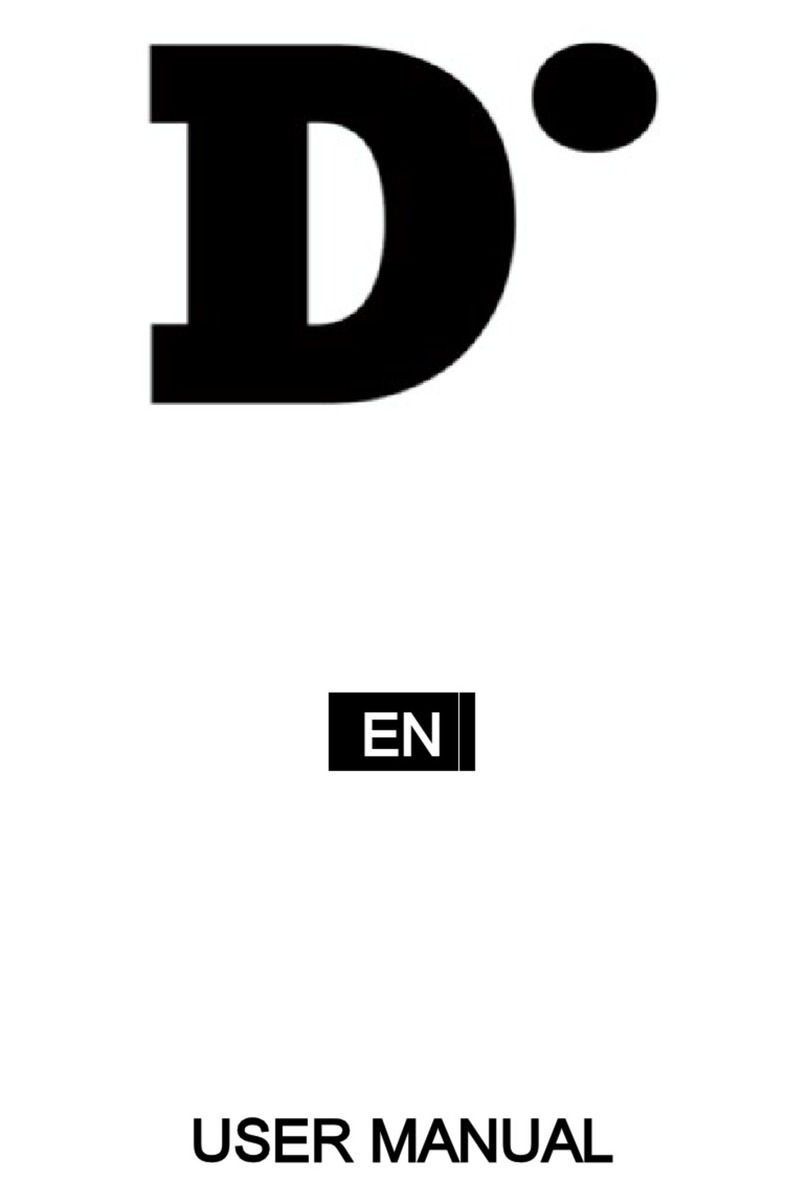
a D:GROUP Company
00055EN Rev.10 – 12/2011
1
CONTENTS
1
GENERAL.................................................................................................................................................................. 2
2
INSTALLATION.......................................................................................................................................................... 3
2.A
INSTRUCTIONS
AND
CHECKS
ON
DELIVERY ............................................................................................... 3
2.B
INSTALLATION
REQUIREMENTS.................................................................................................................... 3
2.C
ELECTRIC/GAS
CONNECTIONS
AND
INSTALLATION
OF
THE
WORK
SURFACE......................................... 5
3
OPERATION PRINCIPLES........................................................................................................................................ 7
4
OPERATION .............................................................................................................................................................. 8
4.A
SCOPE.............................................................................................................................................................. 8
4.B
CONTROL
AND
REGULATION
SYSTEMS....................................................................................................... 8
4.C
REMOTE
SIGNALS
(OPTIONAL)...................................................................................................................... 9
4.D
SYMBOLS
OF THE
CONTROL
PANEL.............................................................................................................. 10
4.E
MANAGEMENT
AND
PROGRAMMING
OF
RESIDUAL
LIFETIME ................................................................. 14
4.F
DISPOSAL
OF
WASTES
AND
CONTAMINATED
MATERIALS....................................................................... 19
5
LIMITATIONS........................................................................................................................................................... 20
6
OPERATING PROCEDURES.................................................................................................................................. 21
6.A
PRELIMINARY
CHECKS................................................................................................................................. 21
6.B
SWITCHING
ON
THE
C
YTO
FAST
T
OP CABINET
.................................................................................................. 21
6.C
SWITCHING
OFF
THE
C
YTO
FAST
T
OP CABINET
................................................................................................ 21
7
MAINTENANCE ....................................................................................................................................................... 22
7.A
INSTRUCTIONS
FOR
DAILY
CLEANING
OF
C
YTO
FAST
T
OP
(
BY USERS
)........................................................ 22
7.B
INSTRUCTIONS
FOR
THE
FUMIGATION/STERILIZATION
OF
BIOLOGIC
SAFETY
CABINETS .................. 23
7.C
REPLACEMENT
OF
HEPA
FILTERS
(
BY TECHNICAL ASSISTANCE PERSONNEL
)................................................... 26
7.D
REPLACEMENT
OF
MOTOR-FANS
(
BY TECHNICAL ASSISTANCE PERSONNEL
).................................................... 27
7.E
REPLACEMENT
OF
FLUORESCENT
LAMPS
(
BY USER
)................................................................................. 28
7.F
REPLACEMENT
OF
UV
GERMICIDE
LAMP
(
OPTIONAL
-
BY USER
)................................................................... 28
7.G
SPARE
PARTS
LIST........................................................................................................................................ 29
8
TROUBLESHOOTING - PROBABLE CAUSES OF MALFUNCTIONS .................................................................... 30
9
MONITORING SYSTEM........................................................................................................................................... 32
10
TECHNICAL SPECIFICATIONS.......................................................................................................................... 33
11
TRANSPORT, PACKING and STORAGE INSTRUCTIONS................................................................................ 34
12
ADDITIONAL INFORMATION.............................................................................................................................. 35
12.A
GUARANTEE .................................................................................................................................................. 35
12.B
ADDRESS
FOR
TECHNICAL
ASSISTANCE
(
FOR THE DISTRIBUTOR
)................................................................ 35
13
DIAGRAMS.......................................................................................................................................................... 36
13.A
DIAGRAM
FOR
MAINTENANCE
OPERATIONS............................................................................................. 37
13.B
C
YTO
FAST
T
OP
FRONTAL
AND
SIDE
DIAGRAM.............................................................................................. 39
13.C
SAFE
WORKING
AREA
DIAGRAM................................................................................................................. 41
14
SENSORS LIST................................................................................................................................................... 42
15
WIRING DIAGRAM.............................................................................................................................................. 43
16
PROCEDURE FOR CytoFAST Top ASSEMBLY................................................................................................. 46
17
DECLARATION OF CONFORMITY..................................................................................................................... 47
REFERENCE STANDARD: this instruction and maintenance manual complies with the European standard en-591 (march
1994) approved by CEN (European Committee for Standardization) relating to the requirements for drawing up users'
instruction manuals for laboratory instruments.




























